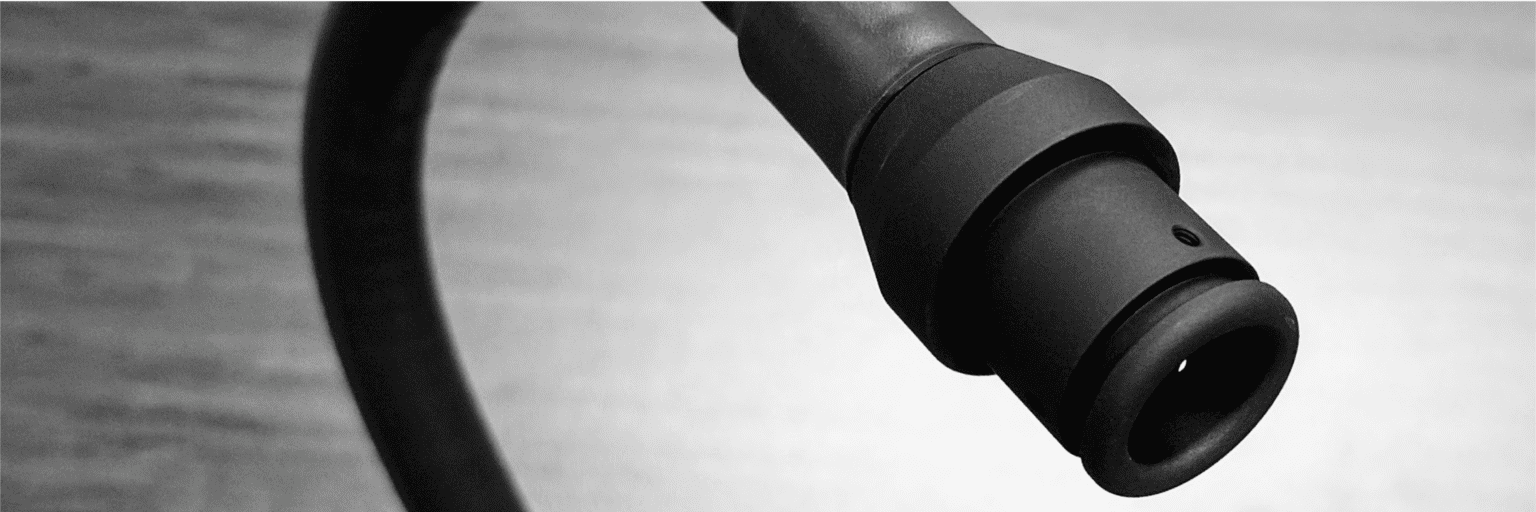What is the Science Behind a Flex Arm?

Share:
Look, I don’t care if you’re a baker or a Zamboni driver — no one likes to give away trade secrets or proprietary methods (especially with our flex arm). Why? Because that’s what makes us special, right? Well, sort of. We think that a great idea is a product of surrounding yourself with good people, listening, and using a critical mind. That’s why we’re confident that even if you learn a little bit about what’s in the secret sauce of our flex arm you’ll still want to work with us.
Moffatt is a place where good ideas happen. Oh, and if you’re one of our employees and reading this blog — don’t worry, we’re not giving away everything. Your meatloaf recipe is still safe. All right, enough joking around. If you’re here, chances are you’re probably familiar with what a flex arm is. What you MIGHT not be familiar with is how a flex arm works. What’s the science behind a flex arm? Is the function of a flex arm the same depending on if you use it as a device holder or with a mount on a medical device? Are all flex arms made the same way?
These are good questions. We have answers. Stick around if you’d like to learn some trade secrets.
What is a flex arm?
In its most basic form, a flex arm is a coil spring wrapped with a triangular-shaped wire. The bending motion forces the triangles out on the inside of wherever it bends, pulling the triangles in on the outside. This wedges the spring, keeping it stable because of the friction. While these ideas can be expounded on (let’s talk materials, lubricants, etc), that’s the basic thought behind any flex arm.
It’s all about the geometry of the two wires. That’s what determines the unique characteristics of our product — the strength, adjustability, and obedience that it gives the flex arm. While it may BE simple, its limitless application to a number of industries is what has made the flex arm such a valuable tool for product designers and engineers for decades.

How do you select materials for a flex arm?
The spring wire materials are carefully selected for an ideal combination of strength, fatigue, and resistance. The shaped wire is selected for formability, wear, corrosion protection, and even weight contribution. All those factors can play a big role when using a flex arm as a component in any device. If our clients have any other concerns or questions about how a flex arm may hold up in different environments, we may also take those factors into consideration.
Combinations of wires can be selected for their noiseless properties — which might help keep the arm silent during an adjustment. That can happen by using dissimilar materials like steel or brass.

What makes the end fittings so special?
Our end-fitting material might be chosen for strength, corrosion resistance, or the ability to crimp to the flex arm. We might also factor in things like the types of finishes that are possible on each material — depending on the application. You might think this is where we’re done, right? Those are all the main components of a flex arm. You’d be right — except for one thing, the covering.

What usually covers the flex arm?
Coverings are an important final choice to protect the friction properties of the arm — either from lubricants or dust that could sacrifice arm strength over time. Certain combinations of coverings can add important properties like strain relief to maximize durability for frequently adjusted arms. This is a big deal for clients who plan on having high-use devices — and something we have to think about when they come to us for material knowledge.
So there you have it — the science behind the flex arm. Really, it’s math (geometry), but with a healthy dose of physics and chemistry mixed in. If you have any questions, please reach out. We love curious minds.
